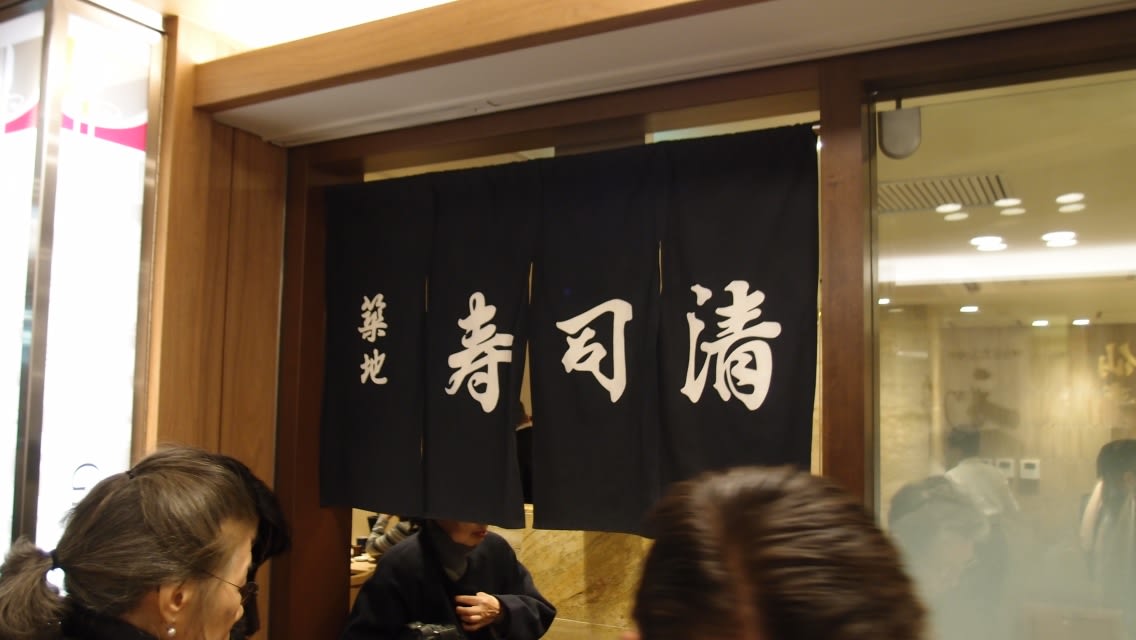
http://asia.nikkei.com/magazine/20141218-MORE-MONEY-MORE-GUNS/Cover-Story/Companies-flock-to-Indias-liberalized-defense-sector
December 18, 2014 12:00 am JST, GO YAMADA, Nikkei senior staff writer

The Indian-made INS Kolkata © Reuters
TOKYO -- When India raised the upper limit on foreign ownership in the defense industry to 49% from 26% in August, it had three goals in mind: improve the current-account balance, introduce foreign military technologies, and set the stage for eventually exporting domestically made weapons.
India's leading private-sector companies responded enthusiastically to the liberalization move -- part of the country's "Make in India" campaign -- and have been ramping up their defense-related businesses ever since.
Anand Mahindra, chairman of Mahindra group, a conglomerate involved in everything from cars to information technology, welcomes the change. "[Allowing] 49% foreign direct investment in the defense sector will enable us to access global partners who could complement our strengths and bring in new technologies," he said.
The group has expressed plans to develop radar systems, as well as parts for armored vehicles and airplanes.
Mahindra is far from alone in sensing a profit opportunity. Tata Power SED, a unit of Tata Group, India's biggest conglomerate, formed a technological partnership with Honeywell International of the U.S. for military-use navigation systems. Bharat Forge, a major autoparts maker, has begun developing self-propelled artillery and howitzers using its metalworking technology, the company's forte. Larsen & Toubro, India's largest construction and engineering company, is looking to quadruple annual sales at its defense division to $1 billion in five years.
Even small and midsize companies, such as textile mills, are eager to supply their products to the military.
In August, the Indian navy commissioned the INS Kolkata, a guided-missile stealth destroyer. One of the largest Indian-made warships, the vessel is equipped with the latest anti-air and submarine weaponry. At the commissioning ceremony, held at a naval base in the western city of Mumbai, Prime Minister Narendra Modi praised the ship, saying, "When people have a sense of our military capability, nobody will ever dare to cast an evil eye on our nation."
Currently the world's biggest weapons importer, India has been investing aggressively in warships and aircraft in recent years. In the budget for the fiscal year through March 2015, 2.29 trillion rupees ($36.7 billion) was earmarked for military spending, up 11.2% from the previous year and an increase of 150% from the year through March 2008. Only eight countries spent more.

Chinese aircraft carrier Liaoning (CV-16)
India became the sixth country with a nuclear submarine after it purchased one from Russia, and in August 2013 it launched its first domestically built aircraft carrier, the 40,000-ton Vikrant, in which China is showing a strong interest. India is currently field testing its first homegrown nuclear submarine, the Arihant, aiming to deploy the vessel by the end of 2015.
The country's air force is also expanding rapidly. In 2012, French company Dassault Aviation won a $20 billion bid to supply India with 126 of its Rafale midsize multirole fighters. And in 2013, India began deploying Boeing's C-17 Globemaster III transport planes, which can carry tanks. The country is also planning to use U.S.-made attack helicopters.
India's hasty military buildup is fueled in part by concerns about China, which is stepping up maritime expansion, as well as misgivings about neighboring Pakistan. The threat of cross-border terrorist attacks is also ever-present. India appears convinced it must expand its navy, air force and army simultaneously to counter these perceived threats.
But the more urgent aim of the drive is to modernize as soon as possible the country's aging and obsolete weapons and equipment, which lag far behind global standards in quality and quantity. Its airplane and tank fleets consist largely of old Russian models, and its infantry equipment, such as wireless communications and night-vision devices, is far inferior to that of the People's Liberation Army of China, India's biggest potential adversary.
India's policy of building up its underdeveloped defense sector appears to have created the industrial momentum the government was hoping for, with foreign and domestic companies alike rushing to a market expected to be worth hundreds of billions of dollars over the next decade.
North Court, Gransta, Tokyo Station

Tsukiji Sushi Say
http://www.tsukijisushisay.co.jp/


Tokyo Hot Dog
http://www.tokyoinfo.com/shop-653.html















